Pedal Board Setup: What I Use & Why?
There is endless discussion on pedal boards! What are the correct ways in which to wire them? And what pedals are best? A lot of this is focused around traditional approaches or copying guitar celebrities. But the truth is there are many different ways of setting up your effects. Here’s what I have come to and what I am currently using on my pedal board.
In order to simplify things I’m going to order the pedals here by type: Gain, Modulation, Time, Sound Refining. These are the main categories of guitar effects and a very useful way of thinking of and building up your sound.
Gain Pedals
Looking for versatility is key if you do session work and recording with different people who want a different sound. Distortion is one of the effects that everyone has their own preference on and professionally out of your own band and sound most of the time your preference does not matter.
This brought me to the MT-2. Though it is geared towards metal in its image and advertising it can get most levels and variations of tone of distortion you could be after. The multi-layered dials give you a very extensive EQ. This paired with a very good range in distortion level offers a range you would usually need at least three separate pedals to cover. So to me it is a no-brainer! I plug into this pedal for country, rock, pop, even with the distortion off to use only the EQ.
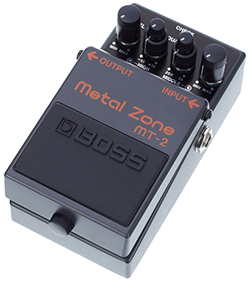
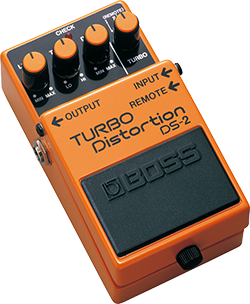
If the MT-2 is so versatile why do I also have a DS-2 on my board? Good question! In a performance you often want more than one level of distortion. This may be in the big end chorus or maybe your solo. So more than one pedal becomes necessary as you do not want to be changing the dials midway through your song.
I bought this pedal second hand to test it out and the DS-2 is in my mind a vast improvement on the more basic DS-1. It also has a Remote Input to swap between two levels of distortion which can be very useful to quickly and easily give you an extra layer of sounds. And it so happens that as a first level distortion the DS-2 works well followed by the MT-2 for your full sound. Using both individually and combined you have many levels of distortion. Including the remote you now have five! Though if I needed to choose one over the other I would probably still pick the MT-2.
MODULATION PEDALS
I am a big fan of a good Chorus pedal as it can add a subtle sparkle to your sound that other modulation effects cannot. Most Phasers and Flangers are not good at subtlety and instead make you guitar or playing sound out of tune. So unless you are after a heavy form of modulation a good chorus can develop your sound without being too dominant. However, there are many chorus pedals available and not many of them are very good. It takes trying quite a few to find the one with the quality of sound you are looking for. To me, the Hardwire CR-7 has the best sound offering several types of chorus and in stereo. The quality of sound in this pedal is very noticeable when plugged into a PA on stage.
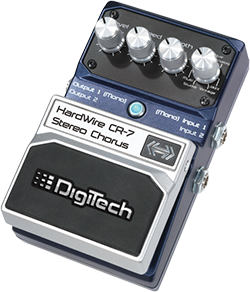
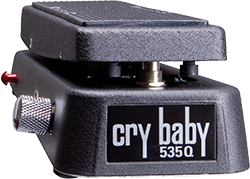
Who can have a pedal board without a Wah pedal? And none are better than Dunlop’s Cry Baby! I usually have a preference for versatility which is why I opt for the 535Q Multi-Wah. With its Variable Q, Range Selector, Volume and boost you can really shape it around the both your sound and the sound of your board.
TIME EFFECTS PEDALS
When looking for a delay pedal I wanted one that had a very broad range in Level and Feedback. I was using delay in acoustic music to create a waterfall of layers in the harmony in a cross rhythm to what I was playing. The range in this delay pedal is far more than most others and easy to use. Along with this the quality of sound is always a concern in delay pedals as the repetitions often lose quality. This is not an issue with the DL-8 as the sound is crisp and no quality is lost.
Not only is the sound quality flawless but also the build quality is far higher than most other pedals on the market. Everything about this pedal shows quality which makes it great to use on stage. The LED is bright, the glow sticker for when the lights are low, the dial cover that means you do not need to worry about your settings changing. All these ideas have the musician in mind.

SOUND REFINING PEDALS
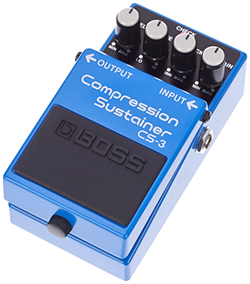
Ever wanted that long high note in a solo? Maybe the pinch harmonic that you can bend and mould before it dies out? Compression and sustain are what you need for this. This takes high volumes and reduces them while pushing up the volume on the quieter sounds. So by definition compressing the volume range and sustaining your sound.
When shredding a rock solo you can push up the levels as it will not have much of an adverse affect on your sound until it is really trying to force the end of a note to stay alive. But if you are using a more acoustic sound then dial back and use compression in a very subtle way! Without some form of distortion it can sound artificial and destroy your tone.
When I was looking for a reliable tuner I had a few specific needs. Firstly it is primarily for stage use. On stage there is nothing less professional than hearing someone tuning their guitar through the monitors. Use a bypass! So with stage in mind the clarity of the lights is paramount. I want to be able to see the pedal out the corner of my eye to check my tuning without taking my eyes off either the audience or my guitar. Why is this? When performing on big stages you need to lead the energy in the room and eye contact is essential for this. By spending more than a few seconds with your gear you can lose the connection you need with the audience in order to build this energy. Having a clear tuner means one less complication.
I initially bought the TC Electronics PolyTune but had issues with it. Every time I stepped on it the pedal sent an audible pop through the speakers. This was a shame as the idea is great and helps reduce time checking individual strings. It did however work without the bypass if you want it to stay on for the whole performance. If you have a big setup and no issues with carrying a bigger board then this is a neat way of continuously gauging your guitar’s tuning. (They have updated the pedal since this so this issue may have been resolved)


I tend not to have superfluous pedals on my board but one of the most important is the ISP Decimator. Its job is to reduce any buzz or noise in the system. This can come from static through the power cables and amplified by any gain effects to make a mess of the sound. If you are after a crisp sound in any style when you stop playing you want the sound to stop! This does just that and in a very clever way putting your other effects rather than a single input and output.
But This pedal does not need to purely be used to reduce unwanted crackling and buzz. It can also be used with a high threshold to chop off the end of your sound. Ever wondered how bands use heavy distortions and can somehow get an awesomely clean rhythm in their power chords? This is exactly how.
Setting up for a performance and soundcheck can be a nightmare!You have very limited time and often the sound engineer is hired just for that night and is not familiar with the venues setup.
Most of the time something isn’t working and the focus is not on your sound as much as trying to find which cable or DI box is broken. Then different mics, amps and PA systems each performance can give you a very different sound to what you rehearsed with. None of this is helpful! SansAmp translates from French to mean “without an amp” and that is exactly what this pedal does. It allows you to plug straight into the desk and avoid anything else that could change your sound. No need to carry an amp with you! It turns your traditional pedal board into a plug and play unit that can save many performances.
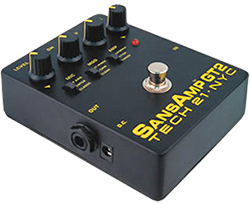

Now that I have been playing wirelessly for a few years I could not go back. The G50 is digital meaning no loss of sound quality and no interference. No cables gives you the freedom to perform and add ideas into your show that would previously have been impossible. I would very much like to take this to an extreme and do a solo crowd surfing in a zorb ball.
I did however change the cable for the belt pack. The Neutrik silentPLUG I feel is essential (I opted for the right angled one)! It is not only well designed and reliable but saves you a lot of hassle in how and when you can unplug your guitar. In a live performance you do not know when the sound engineer has turned off your channel and usually cannot unplug until he has. With this connector you can unplug or change guitars whenever you need. The one issue with this is soldering the new cable and the 4-pin Mini XLR is an intricate job. Check out my article on Soldering your own cables if you think you are up for the task!
Well there you have it, the secrets to my personal pedal board! And yes many new pedals have come out since I started using these ones and yes many of them could be improvements. But the key in a good sounding board is the reasons for having the pedals there. Knowing what sound you are after and and the details in how it achieve it. So what setup have you found that works for you? I’d love to hear your ideas. Or do you have problems with your board or sounds you are not quite sure how to get? If so ask in the comments below and I’ll help get you on the right track to your dream sound!
Did you find this page useful? If so be amazing and share it with your friends! And don’t forget to Follow me on Facebook, Stay up-to-date on my Twitter and See the latest pics on Instagram. I’ll see you in the next article!
(the images used on this page are the sales images for the pedals and image rights belong to the respective companies)

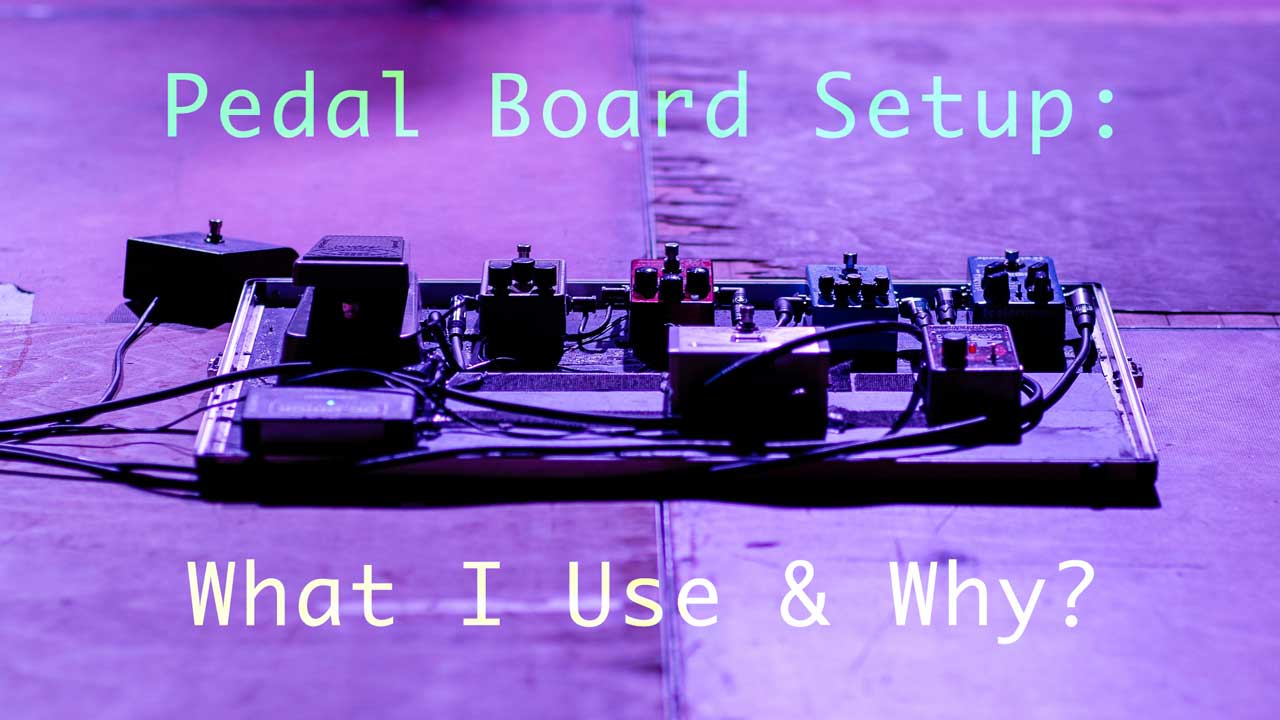
Leave A Comment